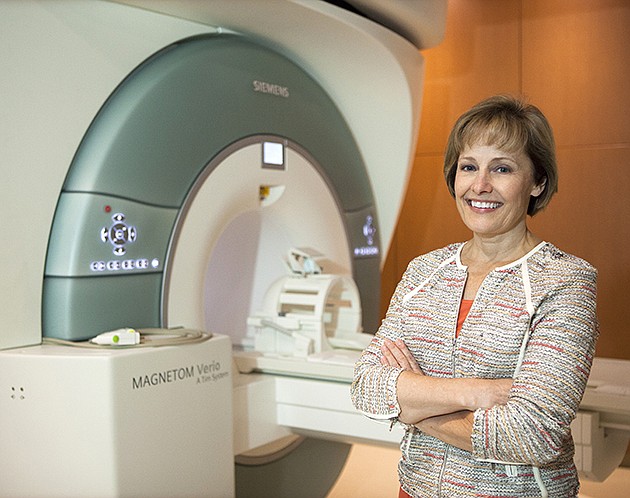- January 14, 2025
-
-
Loading

Loading

There's no question that brain surgery is complicated and scary. But Tampa General Hospital recently spent nearly $10 million and eight months to make it a little easier and effective.
In April, the Tampa hospital completed a project to install a powerful intraoperative MRI (iMRI) that allows neurosurgeons to take pictures of the brain before, during and after surgery. Neurosurgeon Dr. Harry van Loveren says he spent more than six years persuading the hospital to make the move. He says he needed to learn how to make a business case to make his argument.
Tampa General is a nonprofit hospital with 1,018 beds and 6,600 employees. Its operating company, Florida Health Sciences Center, reported $265.4 million in operating revenue in the quarter ended March 31. U.S. News & World Report ranks Tampa General as the No. 2 hospital in Florida, with a “High Performing,” but unranked designation for neurology and neurosurgery.
“There's a value to being the No. 1 hospital” in the state, Van Loveren says. “We want to stay at No. 1 or No. 2 in Florida, and this is what's necessary to stay.” Tampa General is one of six Florida hospitals to boast the new iMRI technology. And, Van Loveren says only 21 hospitals have the machine configured to serve two operating rooms, like it is at Tampa General.
Of course, hesitation is typical with anything that comes with a nearly $10 million price tag, Van Loveren says, so he started to pull together a business pro forma. The hospital already needed to add a new operating room, but by putting the iMRI on tracks that travel through two rooms, doctors could use the second room for inpatient diagnostic high-quality imaging, while doctors in the other room were in surgery but weren't using the equipment. He argued this allowed the iMRI to help pay for itself by operating more frequently.
But the crux of his case came down to improving patient outcomes.
Because the brain shifts as it is operated on, relying on pre-surgery pictures makes it difficult for surgeons to determine if they've removed a tumor or mass growing in the brain. Most neurosurgeries require that the patient come back for an MRI a day or two after surgery to determine if the tumor was removed. With the iMRI, doctors can check their progress during the surgery.
Van Loveren admits to “torturing the board” with a picture of a teenage girl who underwent brain surgery and found out two days later during her follow-up MRI that doctors needed to do surgery again to remove more of her tumor. He says that was effective in getting them to commit.
Of course, Van Loveren also had a powerful ally on his side in Deana Nelson, chief operating office of Tampa General. “The obvious benefit is to the patient,” Nelson says of the iMRI.
Out of the 16 neurosurgeons at the hospital, five use the intraoperative MRI. The hospital completes between eight and 12 neurosurgeries daily, each lasting from five to 12 hours. Van Loveren estimates the hospital will conduct 250 surgeries this year in the room. In one out of five of those surgeries, the need for the machine is critical.
Nelson hopes that new technology will bring the hospital's neurosurgery program as much recognition as its transplant and cardiac surgery programs, which rank in the top 50 in the country. “Tampa General is always a cutting-edge hospital. This adds to our portfolio of cutting-edge technology,” Nelson says.
Van Loveren says the upgrade was necessary for survival. He compares it to using cell phones and social media. “Right now you don't have to have the technology, but soon, it will be a form of illiteracy if you don't keep up,” he says.
Nelson says when she heard the business case, she led the charge in seeking approvals and acquiring the equipment. “In this case we know that we have stellar neurosurgeons, so to some extent, that's just the relationship we have with our physicians. To sit down and say we need some equipment or capabilities that will make us better, is a conversation we have all the time,” Nelson says.
Now the hospital is working to get the word out that it has the new equipment, which can be tricky. Patients generally don't understand their need for an intraoperative procedure, so they rely on referrals from their doctors. “It's more word of mouth among the physicians and neurosurgeons,” Nelson says.
But a high ranking doesn't hurt.